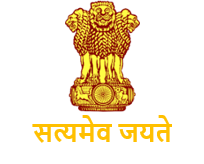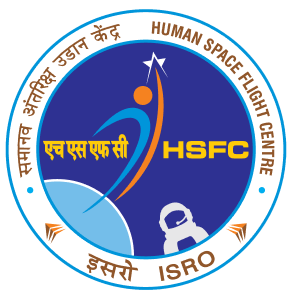Frequently Asked Questions
-
ISRO stands for Indian Space Research Organisation.
-
Dr Vikram A Sarabhai is considered as the founding father of space programmes in India.
-
ISRO was formed on August 15, 1969.
-
Department of Space (DOS) and the Space Commission were set up in 1972. ISRO was brought under DOS on June 1, 1972.
-
ISRO has established two major space systems, INSAT for communication, television broadcasting and meteorological services, and Indian Remote Sensing Satellites (IRS) system for resources monitoring and management. ISRO has developed two satellite launch
-
Satellites are made at U R Rao Satellite Centre(URSC), Bangalore erstwhile ISAC.
-
Rockets / Launch Vehicles are made at Vikram Sarabhai Space Centre (VSSC), Thiruvanathapuram.
-
ISRO's Launch facility is located at SDSC SHAR from where Launch Vehicles and Sounding Rockets are launched. Sounding rockets are also launched from TERLS at Thiruvananthapuram.
-
You can get data from National Remote Sensing Centre (NRSC), Hyderabad. Visit the website: www.nrsc.gov.in for more details.
-
Indian Space Programme began at Thumba Equatorial Rocket Launching Station (TERLS) located at Thumba near Thiruvanathapuram.
-
The geomagnetic equator of the earth passes over Thumba.
-
A sounding rocket is a rocket, which is intended for assessing the physical parameters of the upper atmosphere.
-
RH stands for 'Rohini' sounding rocket and the numeral indicate the diameter of the rocket in mm.
-
The first rocket, a Nike-Apache, procured from the US, was launched on November 21, 1963.
-
India's first indigenous sounding rocket, RH-75, was launched on November 20, 1967.
-
HSFC is ISRO's new Centre dedicated to Human space flight


